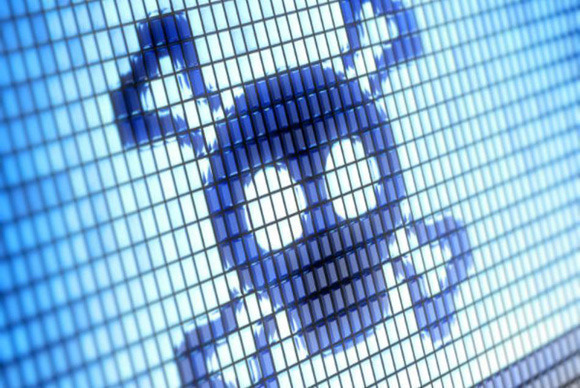Thanks to a poor initial launch followed a few months later by the Heartbleed scare, Healthcare.gov has had its share of security problems. Now, we can add one more security snafu to the list. In early July, a hacker was able to infiltrate a server connected to Healthcare.gov, deposit malware on it, and remain undetected for about a month and a half.
The good news is no personal information was compromised and it appears the malware was never actually used, according to CNN. The compromised server was a test machine that site developers use to try out code before pushing it live on the servers hosting the actual site. The server did not contain any personally sensitive information such as names or Social Security numbers.
The problem was the test server was never supposed to be connected to the Internet and its security was not as robust as other servers on the network.
But Healthcare.gov’s inattentiveness was the anonymous hacker’s gain.
Searching government networks for vulnerable servers, the hacker was able to break-in because the server’s default password had not been changed, according to The Wall Street Journal. Even the U.S. government, it seems, can do with a refresher course every now and then on security .
From the sounds of it, this latest Healthcare.gov intrusion was little more than a close call. The malware itself was designed to add the test server to a botnet, which could then be used to attack other websites with distributed denial-of-service attacks (DDoS). Botnets are also routinely used to distribute spam email.
The hack on Healthcare.gov certainly could’ve been worse—if, for example, hackers were able to use the test server to get into other servers that did contain sensitive information.
Luckily that didn’t happen. What’s most concerning, however, is that it took site operators until August 25 to discover the intrusion. CNN reports that since the malware was not actually operational it was more difficult to discover. Nevertheless, Healthcare.gov clearly needs to audit its systems to make sure something like this doesn’t happen again, especially with the next open enrollment period slated to begin in a few months time on November 15.
via Botnet malware discovered on Healthcare.gov server | PCWorld.

